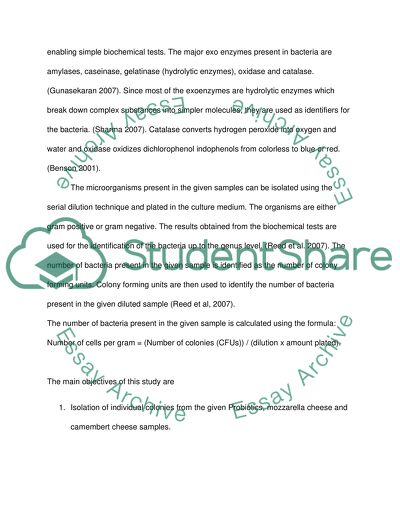Cite this document
(“Microbiology Lab Report Example | Topics and Well Written Essays - 1500 words”, n.d.)
Retrieved from https://studentshare.org/biology/1498817-microbiology
Retrieved from https://studentshare.org/biology/1498817-microbiology
(Microbiology Lab Report Example | Topics and Well Written Essays - 1500 Words)
https://studentshare.org/biology/1498817-microbiology.
https://studentshare.org/biology/1498817-microbiology.
“Microbiology Lab Report Example | Topics and Well Written Essays - 1500 Words”, n.d. https://studentshare.org/biology/1498817-microbiology.


